When it comes to life-threatening low temperatures from inbound blizzards, we often have some advance warning that we’re about to get blasted. So we stay inside, we secretly drink the hot chamomile tea that our wives bought, and we download Jocko Willink podcasts before the WiFi cuts off. It’s fine. We’ll wait it out.
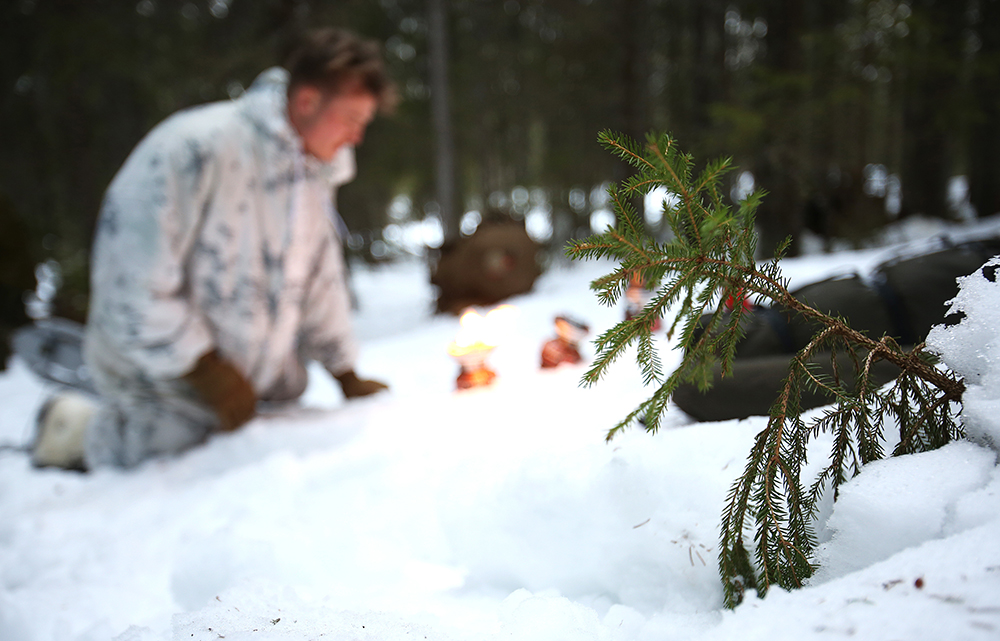
The problem is, when polar weather patterns decide to clog our roads with snow, we might have to get out and help our under-prepared family and friends. Or we may just be visiting, for work or on vacation, and we’re not very well prepared because we’re only in town for 48 hours, and how much can the weather really change in 48 hours? “Come on. Don’t be the crazy prepper person. We don’t need all of that.”
Riiiiiiight.

Subscribe Today and Save!
In Part 1 of our Cold Weather Survival series we examined travel and transportation techniques for sub-freezing conditions based on the Army's Mountain Warfare and Cold Weather Operations Manual. This time we’ll discuss weapons maintenance, nutrition, clothing and gear. We hope it’s useful. Now wipe off those snowflakes and get ready to tell Jack Frost to shove it.
If You Love It, Don’t Lube It
Just like it matters what fluids you run in your vehicle during extreme cold, you also must consider the freezing points of firearms lubricants. For example, the Army’s Cleaner Lubricant Preservative (CLP) solution will freeze at -35˚F. An arctic weapons lubricant is available, but if you don’t have that, then just completely clean the weapon and fire it dry.
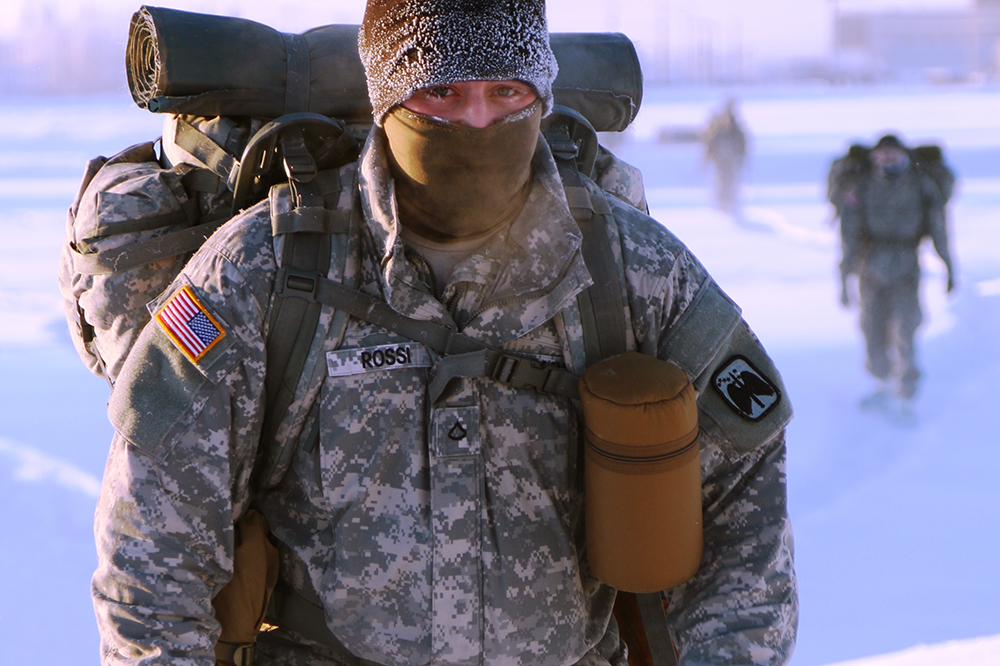
Photo by Spc. Liliana S. Magers, U.S. Army Alaska Public Affairs
- To prevent your weapons from freezing, consider using a deicer like windshield wiper fluid. Also, try to cycle the weapon or operate the action periodically to identify issues as they come up. Use a muzzle cover if possible to keep snow and ice out of the barrel. Almost anything will do: plastic bags, tape, and of course the infantry’s gold standard muzzle cover for over 100 years, condoms.
- Remember that while running your weapons dry is better than letting them freeze and seize, it's still going to increase wear on moving parts. If you plan to put lots of rounds down range, especially with a semi-auto weapon with tight tolerances, be sure to clean and inspect the action regularly.
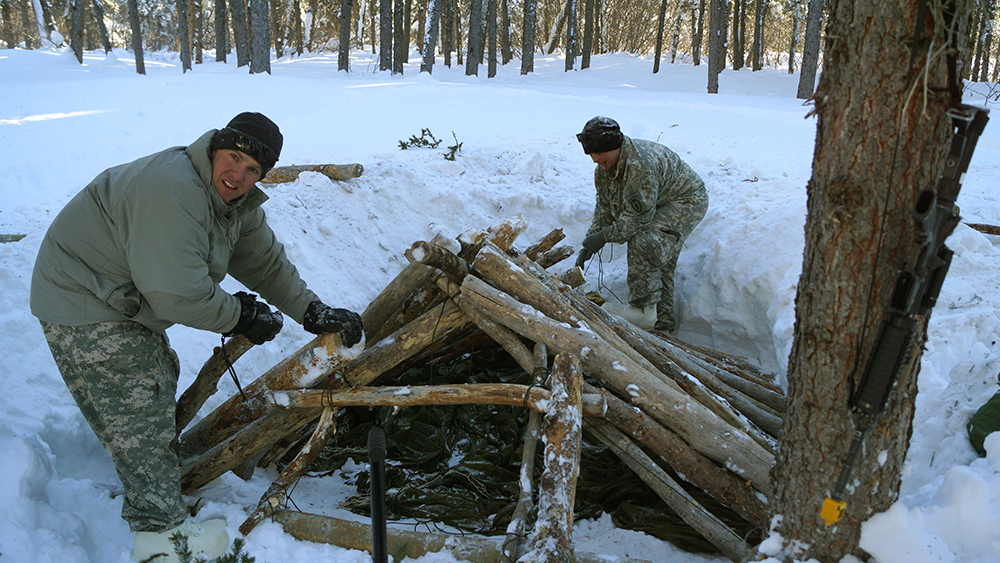
U.S. Army photo by Staff Sgt. Michael O'Brien / Released
- If you’re entering a warm indoor space and it’s below freezing outside, leave your guns out there in a place sheltered from snow. As much as you might love that old Savage 99, it’s not a pet. It’ll do just fine on the porch without you. Leaving it cold will help prevent “sweating” on the rifle which can lead to ice if it’s brought back outside without cleaning.
- You did make sure that your weapons were concealed and secured against theft or inquisitive kids, right? If not, we have a great solution. Sell your guns back to the FFL where you bought ‘em. You are no longer qualified to own a firearm.
- Try not to breathe on the scope. Even the proximity of your face could cause it to cloud so leave a space between your eye and the sight. If taking the scoped rifle indoors, make sure to give the optics time to adjust to the indoor temperature to avoid cracking the lens—another reason to just leave weapons outside if tactically feasible.
Nutrition
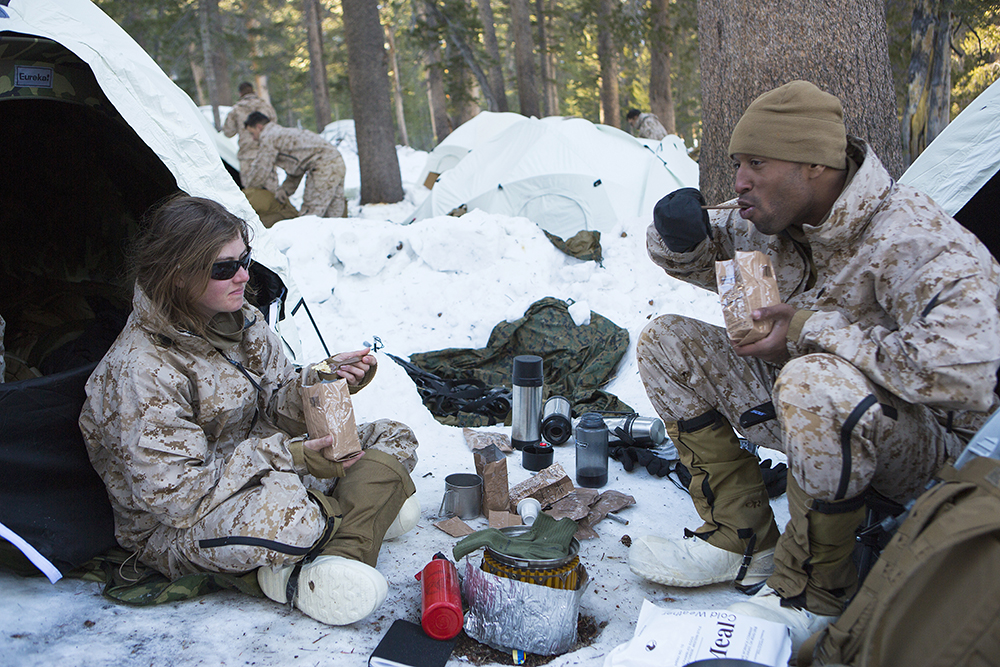
U.S. Marine Corps photo by Sgt. Anthony L. Ortiz / Released
Generally speaking, as it gets really cold we need to eat more. Most foods including standard MREs will do just fine until it gets below the freezing point. Once it becomes colder than that a Meal, Cold Weather (MCW) ration is more appropriate. The MCW contains more calories and won’t freeze like a standard MRE will. The catch is, they require a lot of boiling water to prepare them—34oz per meal. If you’re planning on two hot meals per day that’s an additional ½ gallon of water required just to prepare the food.
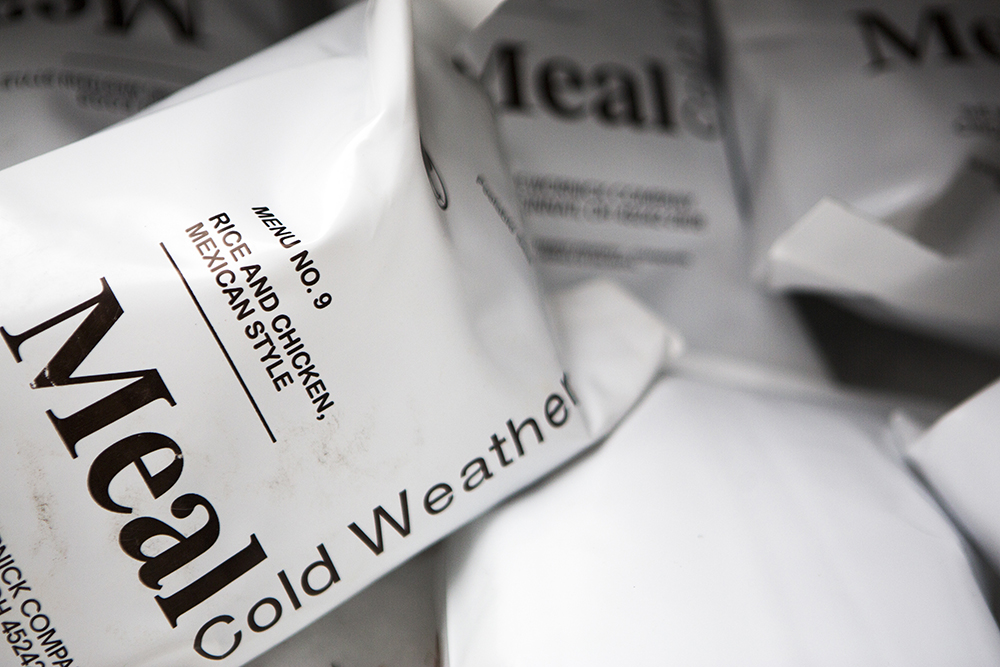
U.S. Marine Corps photo by Sgt. Anthony L. Ortiz / Released
- Although your body’s hydration requirements don’t necessarily go up as the temperature decreases, you also don’t have the same thirst for water as you would during temperate conditions. Dehydration becomes an issue not because you need more but because you’re drinking less. Try to hydrate with at least one gallon of water per person per day. Add that to the water required for preparing MCWs and you’re looking at 1.5 gallons or 12.5 pounds of water per person per day. You weren’t planning on carrying that water with you, right?
- Fortunately, the one good thing about blizzards is there’s usually lots of frozen water on the ground in the form of snow. Eating snow to hydrate, however, is a bad idea. Your body loses too much heat when it melts snow inside your body. You’ll end up hypothermic. Instead, plan on melting snow with your stove.
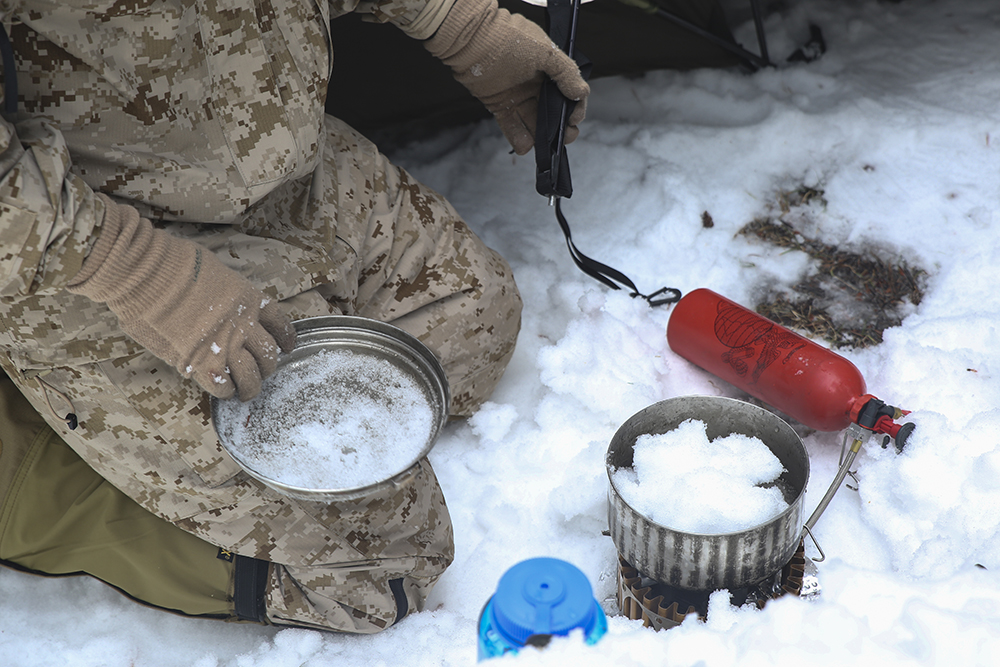
U.S. Marine Corps photo by Lance Cpl. Kaitlyn Klein / Released
- The U.S. Army will not endorse specific companies or aftermarket products, though in a few cases they have acknowledged that certain aftermarket products work better than anything else. The Mountain Safety Research (MSR) XGK-EX stove is one such product. It’s favored because of its legendary toughness as well as its ability to use all kinds of non-specialized fuels—including white gas, kerosene, unleaded auto gas, and even diesel.
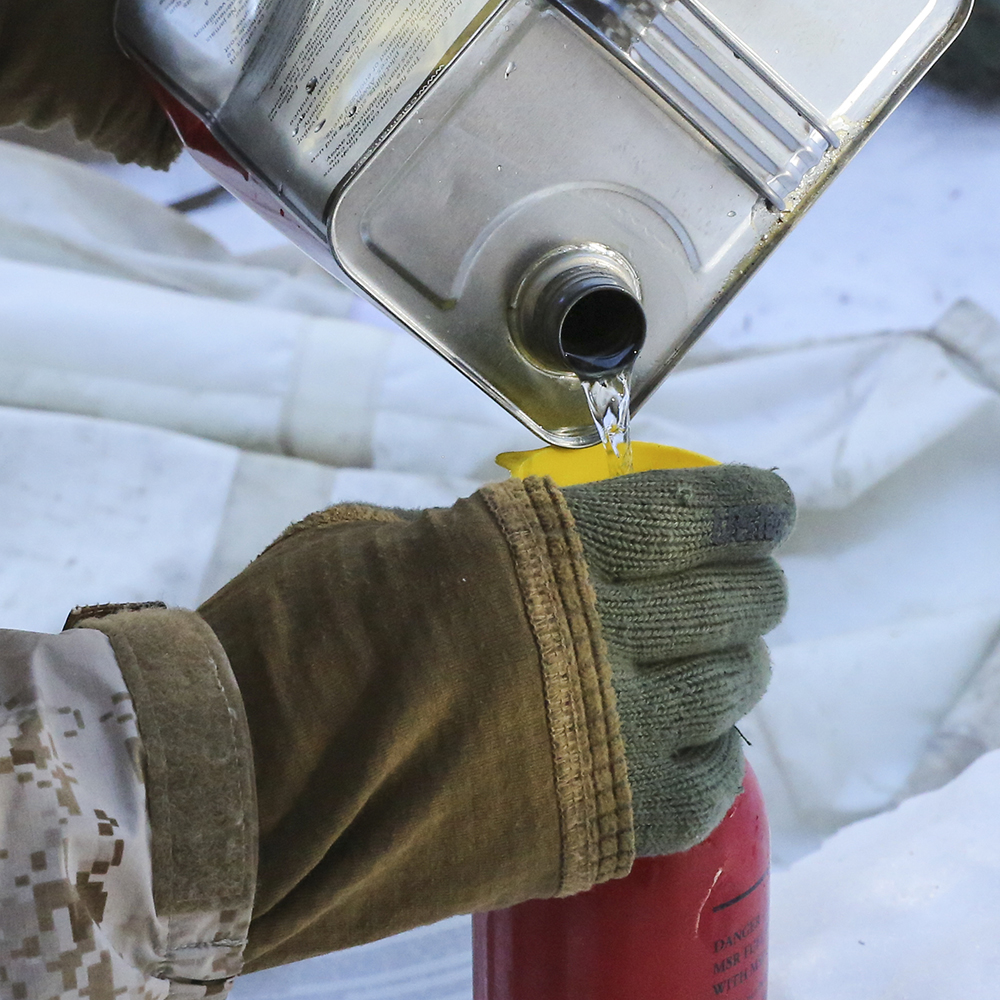
U.S. Marine Corps photo by Lance Cpl. Kaitlyn Klein / Released
Clothing
Clothing selection for extreme cold weather could take up its own series of articles. In general, however, the key is loose-fitting layers of clothing and moisture-wicking layers close to the body.
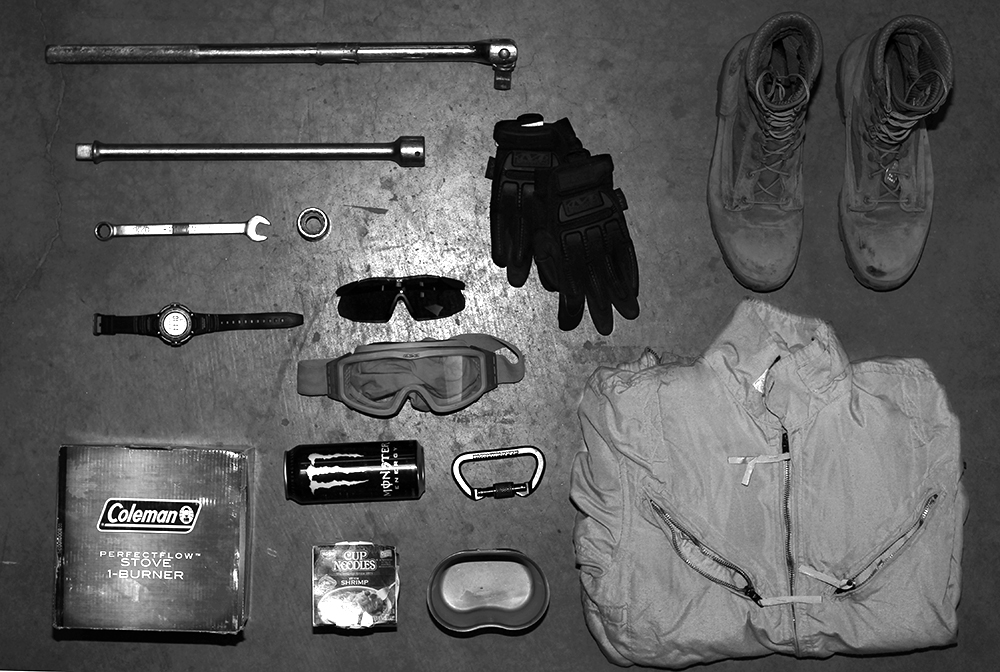
- Once the temperature drops below -20˚F, all exposed skin must be covered. Not like, pretty much most of your skin but all of your skin. If you must stay outside be aware that you will need to keep moving. And if your life just truly sucks and you must remain in a static position, at least try to stand on insulating materials such as pine boughs or even a flat piece of wood.
- Mittens aren’t just for schoolyard kids in A Christmas Story with their tongues stuck to the flagpole. In extreme environments, plan to wear mittens with lanyards, gloves underneath that, and then silk liner gloves under that. And you never, ever take off your silk liners unless you’re in a shelter. Chemical heater packs stuffed into your gloves work well—plan on using two to three sets per 12 hour working day.
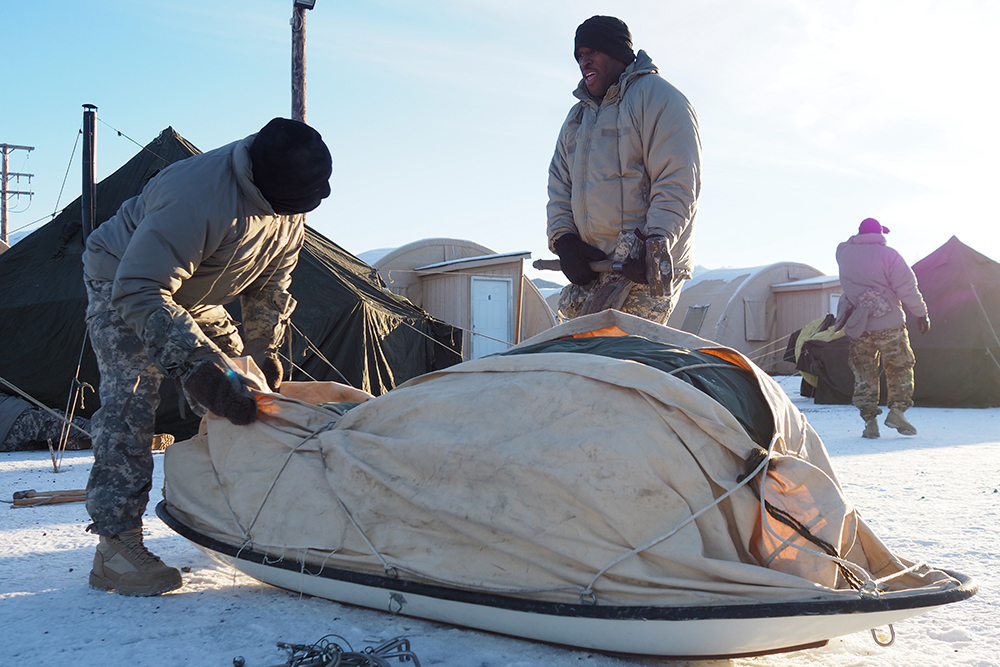
U.S. Air Force photo by Justin Connaher
- Usually the average soldier doesn’t get to select their own gear. In some cases, however, specialized units have some influence on what they use. One of the products specifically mentioned to us by members of said units was the Enforcer Glove from Black Diamond Equipment.
- Cold weather jackets by 5.11 Tactical, such as their 3-in-1 Parka, have also been used in extreme cold weather testing with good results at the Army’s Cold Regions Research and Engineering Laboratory in New Hampshire.
- Last, Carhartt products like their quilt-lined biberalls also received positive feedback.
Electronics and Gear
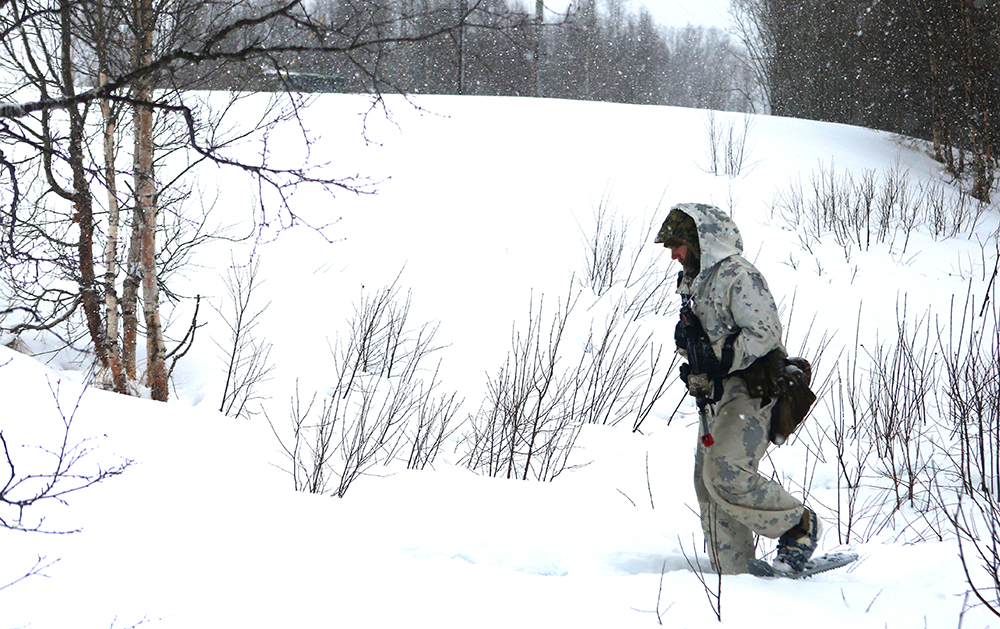
If you’re using a hand-held GPS or other electronics like a cell phone to navigate, be aware of their operating temperature constraints. Carry it close to your body inside your clothing, or keep it inside the heated vehicle when not in use. Also, avoid breathing on the screen or else it will quickly ice over.
- If the work you’re doing requires you to have your face in front of an LCD screen or other optics for an extended period, wearing a full face respirator or Powered Air Purifying Respirator (PAPR) mask can help prevent your moist breath from affecting the device. Yes, it looks dumb. Until you realize that it allows you to do your job.
- Just like with your firearms, bringing a laptop computer in from the cold outside to the warm inside can cause issues. Let the laptop warm up on its own before trying to use it. Don’t even open up the screen. Consider a laptop heating pad which will help maintain battery life and keep the LCD screen bright and readable.
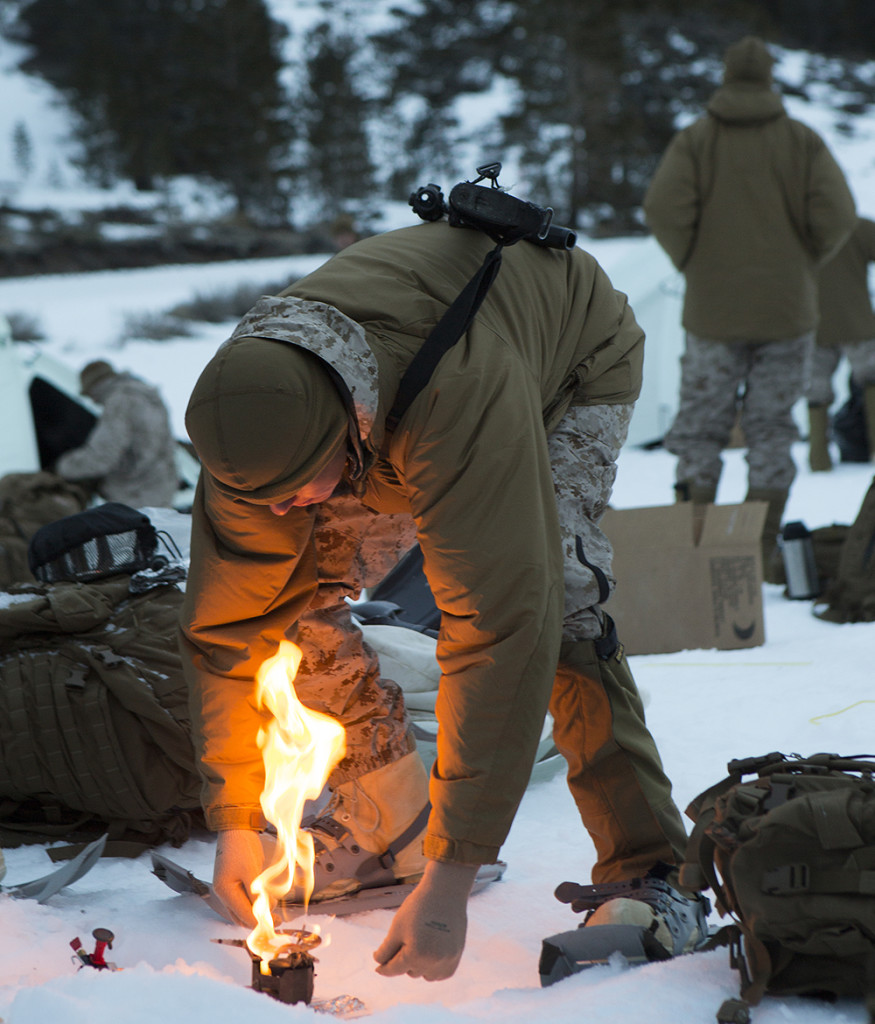
U.S. Marine Corps photo by Sgt. Anthony L. Ortiz / Released
- Battery-operated equipment will constantly drain. Make sure there’s a way to charge your batteries, or at least have a supply well in excess of what you think you’ll need. Dry batteries must be stored at temperatures above 10 degrees F and must be warmed gradually before use. Bring spares. Bring spares of spares.
We hope these tips help you face extreme cold weather conditions if and when they’re encountered. This concludes Part 2 of our Cold Weather Survival series, but for more information check out Part 1 of the series, or past articles on avalanche avoidance and route finding in mountain terrain and how to drive in ice and snow.
We performed hands-on testing of the stove, parka, and gloves mentioned in this article and have reviewed them in the final part of our series. Click here to read Cold Weather Survival Part 3: Winter Gear Reviews.
About the Author
Andrew Schrader is a licensed professional engineer and is certified by the U.S. Army Corps of Engineers as an Urban Search and Rescue (USAR) Structures Specialist. His company, Recon Response Engineering LLC, advises state and federal government organizations on the subject of urban search and rescue and building collapse. He recently assisted the U.S. Department of State’s Italian Consulate in the development of their post-earthquake response and rescue protocol. You can follow him on Instagram at @reconresponse.
 STAY SAFE: Download a Free copy of the OFFGRID Outbreak Issue
STAY SAFE: Download a Free copy of the OFFGRID Outbreak Issue
In issue 12,
Offgrid Magazine took a hard look at what you should be aware of in the event of a viral outbreak. We're now offering a free digital copy of the OffGrid Outbreak issue when you subscribe to the OffGrid email newsletter. Sign up and get your free digital copy

 STAY SAFE: Download a Free copy of the OFFGRID Outbreak Issue
STAY SAFE: Download a Free copy of the OFFGRID Outbreak Issue
No Comments